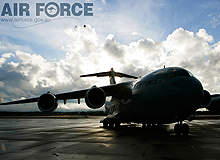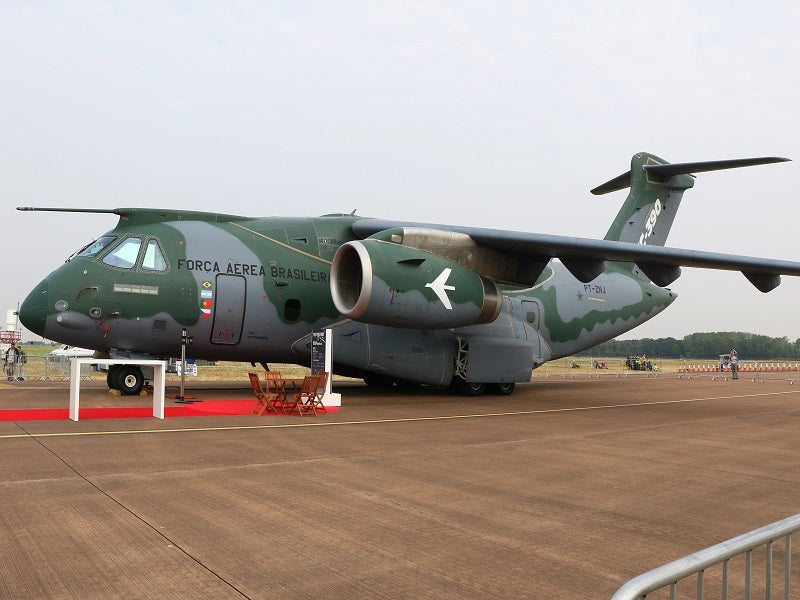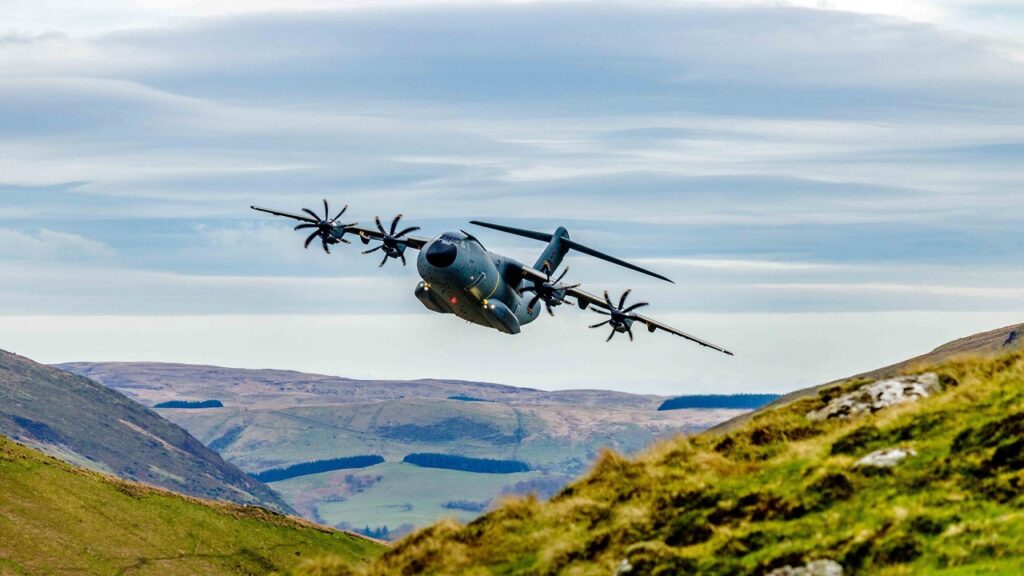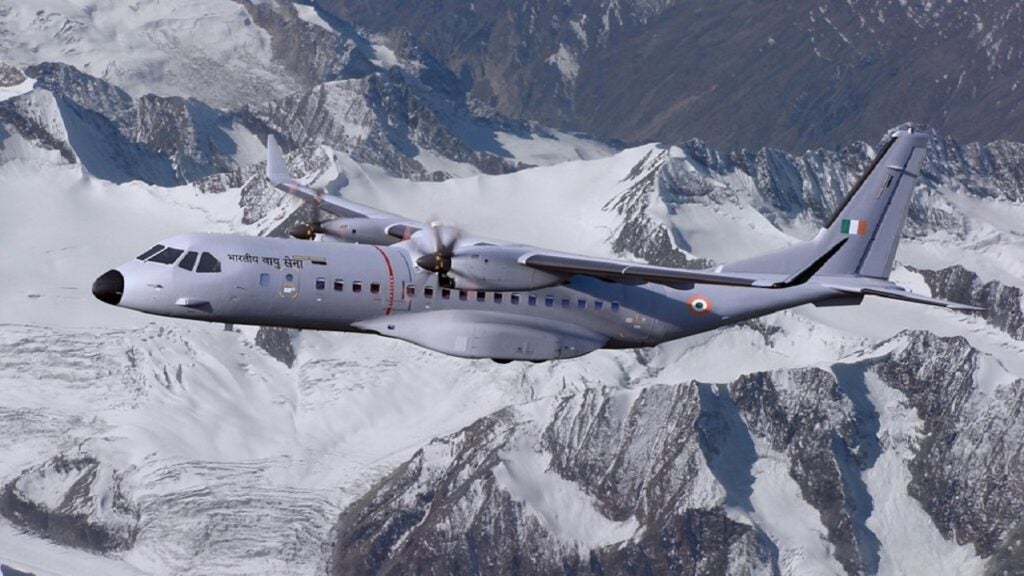
Royal Australian Air Force Base Amberley (YAMB) is a military training base situated 8km south-west of Ipswich, Queensland in Australia. It is the largest operational air force base and was opened in 1940. The base is owned and operated by the Royal Australian Air Force (RAAF). YAMB is also used to execute emergency landing on a transoceanic abort (TOA) landing site as part of the Space Shuttle program. It currently provides jobs to 3,500 personnel.
The state-of-the-art visual environment maintenance trainer was launched by the RAAF in December 2009 to train its new F/A-18F Super Hornet. This aircraft features a cockpit simulator equipped with touch screens, which allow the trainee to perform more diagnostics in less time.
History
RAAF Amberley base accommodated training and maintenance units as well as US Army Air Force units during World War II. It became a major air force base during 1942 and 1943. Runway refurbishments were undertaken by the base during the 1950’s. The renovated base was again used by the US military during the Vietnam War. Major upgrades, which included extending the runway and building additional accommodation, were completed in early 1970.
Australia procured 24 F-111 strike aircraft in 1963. The initial six aircraft were delivered to RAAF Base Amberley on 1 June 1973. The final aircraft was received by the base in October 1973. Another order for 24 F/A-18F Super Hornets was confirmed by Australian Ministry of Defence in March 2007.
The first four Super Hornets were delivered in March 2010. The base received six additional F/A-18F Super Hornets in July 2010. RAAF will have around 24 F/A-18F Super Hornets upon completion of deliveries in 2011.
Design and construction
Construction of the base began in 1938 and was completed in 1940. The base underwent two stages of redevelopment between 1999 and 2007.
Work on the two stages encompassed expanding the operational level maintenance facility, adding ground support equipment and external fuel tank storage and modifying the No 82 wing headquarters building.
The third stage of redevelopment was initiated by the ADF to improve and augment the base’s existing facilities. Work on the third stage includes constructing a two-storey building, renovating the 1st air-transportable heath squadron and upgrading the security policy building.
It also encompasses restoring the base command post and base information systems centre, as well as building a booster pump station and a physical fitness centre. The multi-role tanker transport (MRTT) SDF simulator site, new pavement levels, kerbs and roads are also being built under the third stage redevelopment.
The third stage is scheduled for completion by late 2010.
Garrison facilities
The forces residing at the base include No.82 Wing, No.1 squadron, No.6 squadron, No.278 squadron detachment Amberley, No.33 squadron, No.36 squadron, No.44 wing detachment Amberley, No.382 expeditionary combat support squadron, No.1 air terminal squadron detachment Amberley, No.2 airfield defence squadron and No.3 airfield defence squadron.
The base also serves as headquarters for the health services wing, No.1 expeditionary health squadron, reserve training wing and No.23 squadron. RAAF security and fire school, heavy air lift systems programme office, strike reconnaissance systems programme office and 9th force support battalion are also stationed at the base.
Air facilities
The base has two runways (04/22 and 15/33) surfaced with concrete or asphalt. The two runways are 1,523m and 3,047m long respectively.
Pensar and RPS Group have jointly renovated the C-17 runway in the base. The YAMB can accommodate aircraft such as the F/A-18F Super Hornet, the F-111 strike aircraft, the Pilatus PC-9/A trainer, the Airbus KC-30A, the Boeing C-17 Globemaster III jet transport, the A330 MRTT and the F-35 Lightning II.
No. 44 wing detachment Amberley, which belongs to the Surveillance and Response Group, controls the 11 air traffic control (ATC) stations across Australia.
It provides the ATC technical ground electronic services (GES) to the base.
Radar control services are also provided to Australian Defence Forces by No.44 wing. The ATC station keeps track of the aircraft and alerts the base when enemy aircraft fly in Australian airspace.
Other facilities
The staff have access to rest rooms, coffee shops, sporting fields, dining facilities, recreation and medical care facilities.



